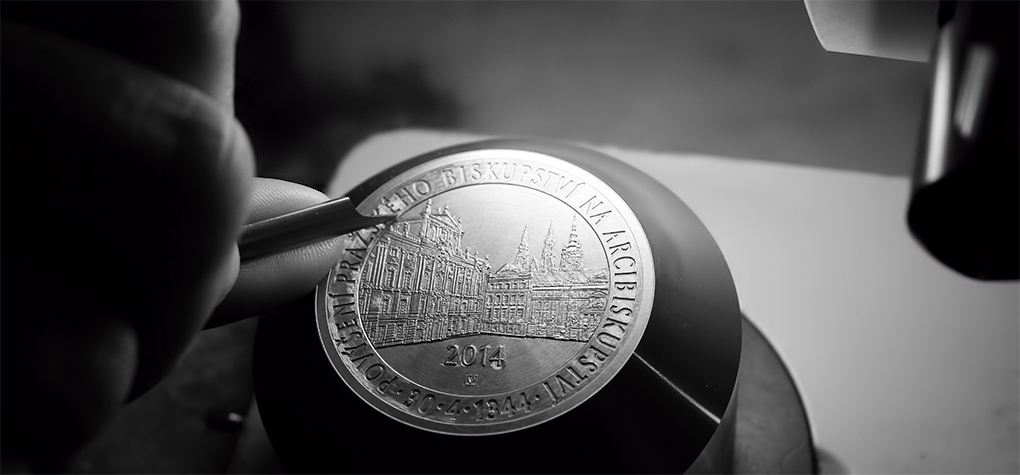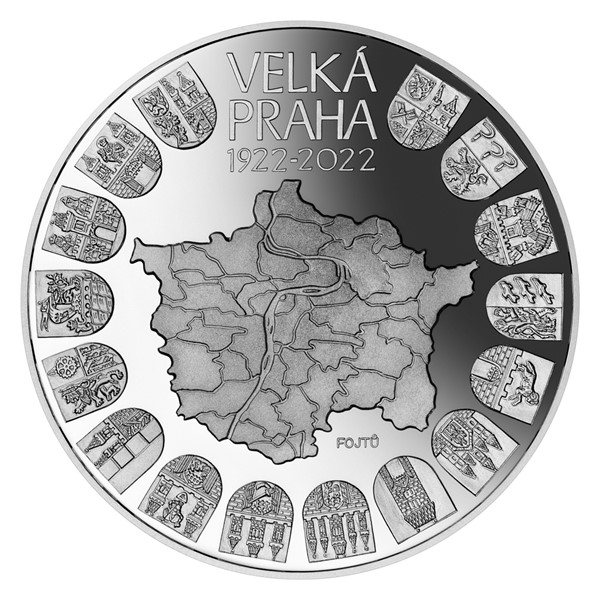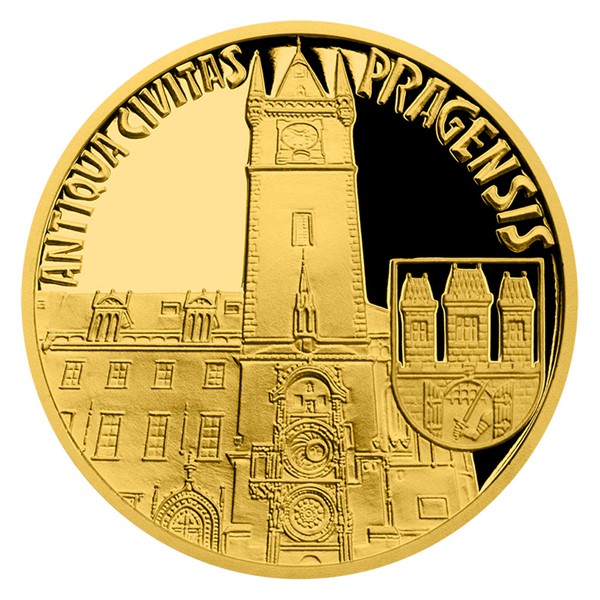Great Advice On Minting Czechoslovakia Medals
Wiki Article
What Is The Reason And How Can A Model Made Of Plaster Scanned Into A Digital 3d Model For Gold-Plated Coins Or Medals?
The process of scanning involves the use of specially designed equipment that records the plaster maquette digitally. This digital copy is used for a variety of uses during production.
3D Scanning Technology - High-resolution 3D scanners are utilized to capture the physical dimensions and specifics of the plaster model. These scanners use various methods including laser scanning, or structured light to take precise measurements and geometrical details.
Capturing information about the surface- The scanner emits light beams, or lasers onto the plaster model. The distortions or reflections created by these beams can be recorded by the scanner. It records the model's surface details.
Data Collection- As it moves along the surface of the plaster models, the scanner gathers many information points. These data points are later used to build an electronic model of the model that includes its contours, geometry details, and so on.
Conversion into 3D Model. Specialized software transforms information gathered from data into a 3D model. This model mimics the physical dimensions and features of the maquette.
The Motives for Creating a Digital 3D Model
Digital 3D Models allow exact reproduction of physical models' details and dimensions. This accuracy is essential in order to ensure that the gold coins or medals match the original design.
Digital models permit easy adjustment or refinement. Designers can alter the 3D models without altering the original plaster maquette.
Compatibility with Manufacturing Processes- Digital 3D models are compatible with different manufacturing processes like 3D printing or CNC machine which makes it easier to create molds and dies for mass production.
Digital 3D models and archives for documentation Digital models are preserved as records of the design. They can be stored digitally to be a reference in the future, for reproductions, or to document the history of the design.
Through scanning and generating a 3D representation of the plaster model manufacturers and designers can speed up the manufacturing process and ensure exactness and accuracy when replicating the original model. Have a look at the top rated Scanning and 3D Modeling Czechoslovakia gold coins blog examples. including gold dollar coin, bullion dealers near me, 1936 olympics jesse owens, gold coins for sale, 2000 p gold dollar, silver price jm bullion, gold biscuit buy, canadian gold maple leaf coin, 1 10 gold eagle, 1 ounce gold bullion and more.

What Is The Process Of Laser Technology To Enhance The Surface, Or Master Hub Of Gold Coins, Medals Or Dies?
Laser technology can be utilized to produce dies and master hubs that are more precise by achieving exact details. This article will explain how laser technology is utilized during this process. Surface Refinement
Laser technology can be utilized to smooth the surface following initial machining. It helps in smoothening out flaws, removing burrs and tiny imperfections on the surface.
Detail Enhancement-
Laser ablation or engraving techniques are employed to create or enhance details on the die or master hub. Lasers allow for precise etching or removal of material, allowing the creation of delicate lines, textures, or intricate patterns.
Microstructuring-
Laser microstructuring is the process of creating of microscopic patterns or textures on the die's surface. This technique permits the creation of particular patterns or textures which can improve the appearance and security features on the medals and coins.
Surface Hardening Treatment or Hardening
In certain instances, laser technology is used for the treatment or hardening of the surface of dies as well as master hubs. This process improves the wear resistance and durability that ensures the longevity of the process of striking.
Precision Alterations
Laser technology permits precise adjustments or corrections to be made on the master hub or die without altering the overall geometry. It enables adjustments to the surface, addressing any imperfections or discrepancies which could impact the overall quality of medals or coins.
Controlled Material Removing
Laser ablation can be used to remove material in a controlled manner, particularly when intricate specifics are required. It is a method for material removing that is non-contact which preserves the integrity and quality of the area around it.
Laser technology is used to enhance details and to refine dies. This results in improved quality of surface and precision. It is a complement to traditional machining and allows for precise manipulation of the surface characteristics of dies that are crucial for making gold medals or coins. View the top rated laser processing Prague Mint gold coins website examples. including twenty dollar coin, gold bullion bars for sale, gold sovereign, 24k gold coin, gold coins and bullion, apmex gold, chinese coins, gold coin prices, gold quarter, cost of a gold bullion bar and more.

How Do You Get Matte Or Textured Finishes Through The Process Of Sandblasting? And How?
This method is used for making specific finishes or textures like matte patterns, textured, or even textured surfaces, on coins or medals. This method is used to achieve a number of different reasons.
Surface Preparation - The coin or the medal is placed inside a cabinet, chamber or nozzle attached to an air compressor. This chamber may be enclosed to hold the abrasive product employed in the process.
The coin or medal is then sprayed with an abrasive substance, which can include glass beads, sand silicon carbide or aluminum oxide.
High-Pressure Propulsion: The abrasive particles are propelled onto the surface with compressed air or a different high-pressure system. The texture and finish of the surface is dependent upon the force and velocity that the particles strike the surface.
Texture Creation - The impact of abrasive powders onto the surface changes the topography, creating an appearance that is matte or textured. This process is able to create a specific roughness in specific areas or produce uniform texture throughout all surfaces.
Sandblasting is controlled by intensity, duration and the angle of the application. This allows for a variety of types of finishes and textures. Different abrasives and pressure levels result in different outcomes.
Sandblasting: Why is it necessary?
Texture variation - Sandblasting can create a variety and finishes, including matte, grainy, frosted or smooth surfaces. This adds visual appeal to the medals or coins.
Aesthetic enhancement- Sandblasting may alter the appearance of a surface by diffusing light and reducing shine. This may enhance the appeal of the coin. Matte finishes, for instance, may highlight specific design elements by reducing the glare.
Anti-Glare - A matte surface or textured finish produced by sandblasting reduces reflections or glare. This makes the coins or medals look attractive and they are much easier to read, without undesirable light interference.
Contrasting Elements in Design - Sandblasting is used to create contrasts between areas which are polished or textured on coins or medal. This can be done to emphasize certain features of the design and/or give dimension and depth.
Customization and Creativity - Sandblasting provides a variety of customization options, which allows for creative expression as well as the creation of medals or coins with distinctive textures or finishes tailored to specific design requirements.
Sandblasting can create different textures and finishes on the gold coins and medals. This improves the overall appeal, appearance and aesthetics. Take a look at the best sandblasting Czechoslovakia gold coins more examples. including buy coin gold, 1975 gold penny, 50 dollar gold coin, 2000 gold dollar, gold american eagle price, coin buy gold, ebay gold coins, one ounce of gold, 1972 gold dollar, cost of 1 oz of gold and more.

How Do Gold Blanks Are Put Into Coin Presses Under Extreme Pressure? And Then Stamped?
During the minting process gold blanks are loaded into coin presses, where they are stamped under high pressure to transform into finished pieces of gold or coins. This article provides a brief description of the steps involved in loading blanks.
The loading of gold blanks into a feeder attached to a coin press is done after they have been cleaned, inspected and assessed. This feeder system will provide a constant supply of blanks for the coin press.
Feeding Blanks into the Press
This feeder system makes sure that each blank is positioned precisely in the stamping chamber. The feeder system guarantees that each blank is precisely placed to be stamped.
Alignment, Positioning and Positioning
In the press, the blanks must be positioned perfectly in the striking area, to allow the stamping process to occur.
Striving Under Pressure
Coin presses gold blanks with the highest pressure using two dies - one stationary and another moving. The stationary die has the negative impression of the coin's design, while the moving die is the hammer that strikes the blank.
The die is moved to strike the blank with considerable force, and transfers the design to the surface of the blank. The pressure exerted by the dies creates the design, creating the raised relief and details on the coin or medal.
Multiple Striking is an Optional
For higher-quality coins or medals, especially proof or collector's editions, multiple strikes might be employed to produce an even more sharp, clear image or design. Each strike refines the details on the surface of the blank.
Ejection and Collection
When the designs are struck by the press, the coins or medals that are created are taken from the press. They then are collected in trays and containers. The stamped designs are inspected for quality to ensure they are in line with the specifications.
Post-Processing-
If the mint has specified it, they could apply additional procedures like edge lettering, reeding of the edge, or post-strike procedures.
The process of stamping gold blanks using high pressure is essential since it imprints the desired design on the blanks, transforming them into completed coins and medals which can be used for celebration and collection, or even circulation. This process demands precision as any alterations in alignment or pressure could alter the appearance and performance of the final product. Have a look at the most popular minting Prague Mint gold coins site examples. including silver eagle coins, gold medal of olympic, george washington gold dollar, gold pieces for sale, 1975 gold penny, saint gaudens double eagle, 1 oz gold, 20 dollar gold coin, bullion price of silver, 24k gold coins prices and more.
